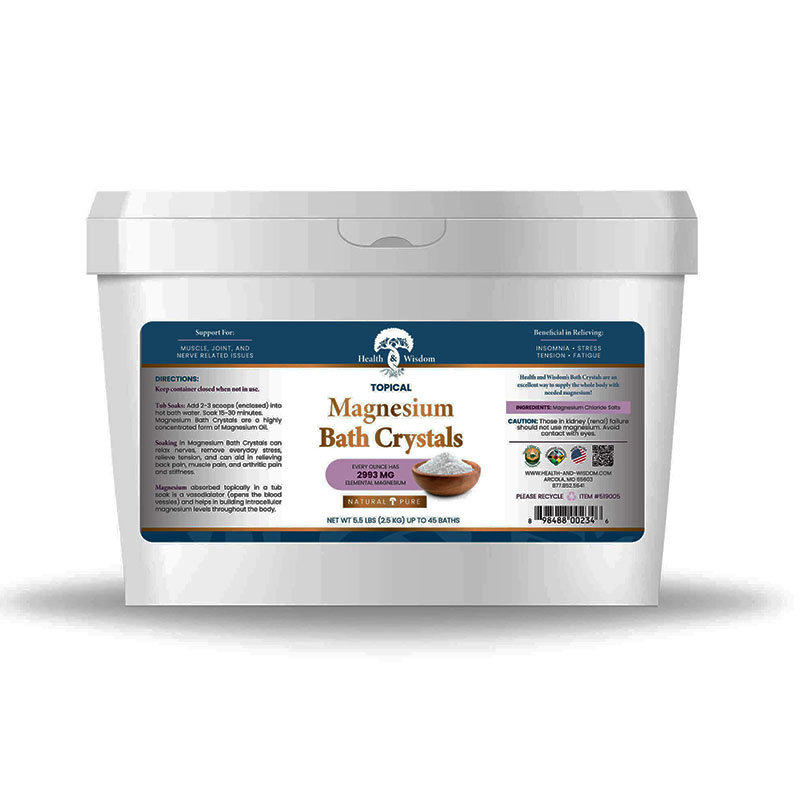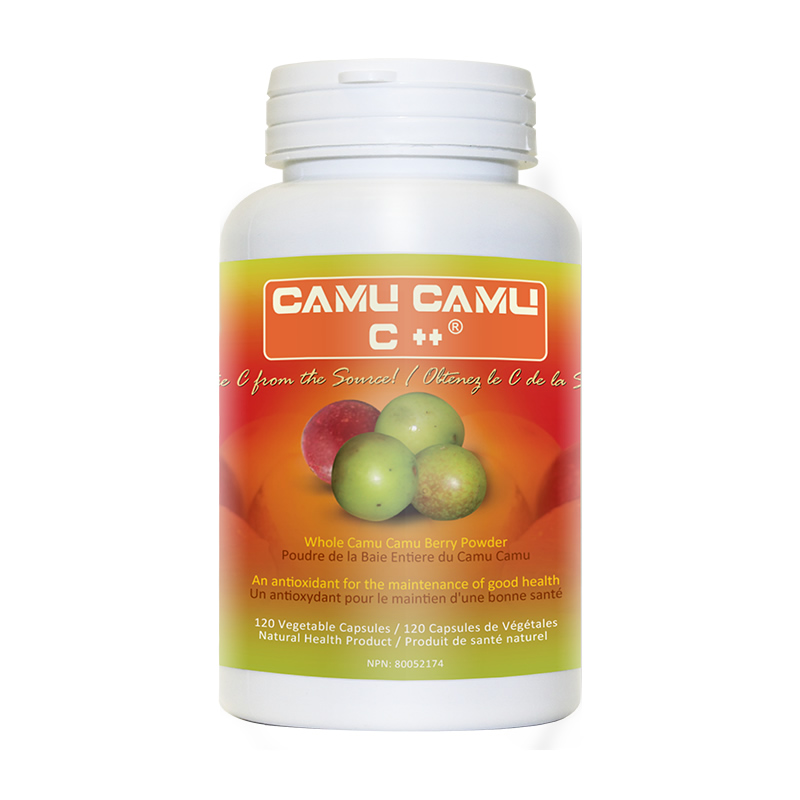No products in the cart.
Diabetes Explained
What Is Diabetes
Diabetes is a disease in which the body does not produce, or properly use, a hormone called insulin. When insulin in inefficient, glucose cannot get into your cells for energy, but remains in your blood, causing high blood sugar and diabetes. Too much glucose in your blood is not good for your health: it starves your cells of energy and over time, high blood sugar levels can damage your eyes, kidneys, nerves, and heart.
Read more below to “See How Insulin Works”.
Symptoms of Diabetes
Before developing full blown diabetes, symptoms are being very thirsty, urinating often, feeling very hungry or tired, losing weight without trying, slow to heal & frequent infections, dry itchy skin, tingling or loss of feeling in feet, blurry eyesight. Diabetes can produce one or more of these symptoms, or no symptoms at all.
If left undiagnosed, untreated or poorly managed, diabetes grows out of control, producing serious complications such as blindness, kidney disease, heart disease, strokes, nerve damage and toe, foot and/or leg amputations. Early detection and treatment may prevent or delay the onset of these potentially serious complications.
The Cause of Diabetes
Risk Factors Within Your Control:
Most cases of insulin resistance and type 2 diabetes (see below) are linked to the following risk factors, many of which you are able to control:
- Poor Diet (overeating, excessive intake of sugar, refined carbohydrates, proteins & fats),
- Obesity (20% or more above your ideal weight),
- Lack of Physical Activity (leads to obesity & high blood sugar levels),
- High Blood Pressure and/or high cholesterol,
- Excessive tension, worry, anxiety & grief.
Risk Factors Out Of Your Control:
- Family History (higher if you have an immediate family member with diabetes)
- Gestational Diabetes (women who’ve had it, or delivered a baby over 9 pounds)
- Age (more common in people over 40, but increasing in younger people & children due to poor diet and lack of activity)
- Ethnic Group (African-Americans, Hispanics, Native Americans, and Asian Americans are more likely than Caucasians to develop diabetes).
Support Your Body with the following…
Magnesium Supplements
Lower magnesium levels cause interrupted insulin secretions in the pancreas, and this leads to insulin resistance and diabetes. People with diabetes have lower levels of magnesium, and studies suggest that this may worsen blood sugar control in Type 2 diabetes.
Eye damage from diabetes is more likely to occur in magnesium deficient Type 1 diabetics. Magnesium deficient pregnant women with diabetes may have higher rates of miscarriages and birth defects. Low magnesium levels appear to be a significant risk factor in the development of cardiovascular disease.
Magnesium is a key, essential nutrient. It is necessary for every major process in your body, such as digestion, protein synthesis, cellular energy production, and glucose metabolism. Magnesium is also needed for bone strength, muscle strength and heartbeat, as well as the functioning of your nervous system. Without these taking place efficiently, your body is in trouble.
Vitamin C Crystals
As an immune system enhancer, vitamin C protects against many ailments, and significantly aids people with diabetes for the following reasons:
The entry of Vitamin C into cells is facilitated by insulin. Because diabetics have impaired or insufficient insulin, research theorizes that a vitamin C deficiency exists in diabetic.
Sorbitol is a sugar that can accumulate and damage the eyes, nerves, and kidneys of diabetics. Vitamin C lowers sorbitol in diabetics. Yet another reason that diabetics will benefit with vitamin C supplementation.
Essential Fatty Acid Supplements
As a proven, powerful anti-inflammatory, essential fatty acids can reduce and sometimes reverse the cause of diabetic nerve damage, and reduce the pain in this condition.
How To Naturally Support Your Body to Avoid Diabetes
The most important route to vital health, and to naturally prevent and cure diabetes, is regular cleansing, proper nourishment, and keeping neutral pH balance in your body. Nutrition is an important tool to help you heal through these processes, and allow your body to naturally heal itself.
We cannot stress enough, the critical importance of the following steps:
1. Cleanse and Detoxify
Natural healing of Diabetes begins with cleansing, to detoxify your body. It takes time to clean a body that has been accumulating toxins over a lifetime, but the rewards will be well worth the time and effort.
To be free of discomforts, you must remove the underlying cause, or the condition will return. Cleansing the body of accumulated toxins enables proper functioning of all systems, and a natural state of health will return. Every system in your body will function more efficiently.
2. Proper and Adequate Nutrition
When supported with proper nutrition from food, your body can heal Diabetes and maintain a state of health. With the proper foods eaten at the right times, your body efficiently absorbs nutrients, and eliminates toxins, resulting in a healthy immune system that can heal and be free of pain and disease.
Learn to obey the laws of nature: eat simple & natural foods, properly prepared & combined, and your body will be happy to restore and maintain vibrant health.
Nourishment from food should maintain your ideal weight. Your ultimate diet is 80% raw food (organic, if possible), including some live foods, that are still growing (sprouts, wheat grass, fresh picked garden salads). This diet includes more grains, vegetables and fruits than protein, which should come mostly from non-animal sources like nuts (almonds, apricot nut, hazelnuts), legumes (beans, peas, lentils), and seeds (hemp seed hearts, flax, sesame).
3. Balancing Your Body’s pH
A critical factor in curing Diabetes is balancing the pH in your body. Disease cannot exist in a balanced (slightly alkaline) pH environment. This is a critical factor in creating a healthy immune system.
Total healing of chronic illness takes place only when your body fluids are restored to a normal, slightly alkaline pH. The magnitude of this is of incredible importance to someone who is fighting a disease, overcoming an illness, or just wanting to feel better. Our overly acidic society is producing very high rates of diseases.
Your body is an amazing naturally self-correcting system: if you work with it, it is capable of tremendous self healing.
4. Care for Your Space, Mind and Soul
To be healthy, you must be in harmony with your world. Fill yourself and your space with love. The way you feel, emotionally, mentally and spiritually, has a direct impact on your physical well being.
Love, joy and peace, water, pure foods, and sunshine, clean air, exercise and rest, meditation, dreams and sleep. What we put in and around our bodies has a direct impact on how well we do.
Try to see every discomfort, illness or disease as a friend, who wants to show you that something needs to change in your life.
Simply Raw Movie
Have you ever tried to convince your friends and family about the power of raw and living foods? Have you ever had some resistance? Are you having some doubts yourself?
A recently released film “Raw For 30 Days” is very helpful in explaining how what you eat is important for your health. The Movement to Reverse Diabetes was spawned from this film. You can learn about the experts involved, and see the trailer for the film here. If you haven’t yet seen the film “Simply Raw” then now is the time to check it out. The film is about 6 diabetics reversing their diabetes through raw foods.
Exercise is Essential for Vitality
Exercise to reduce inflammation should include stretching to maintain & increase all joint’s range of motion, strengthening to stabilize joints, and endurance to increase stamina. You should also reduce repetitive joint use, and avoid sports injuries with proper warm-ups, and choose appropriate sports equipment.
How Insulin Works
Made in a part of your small intestine called the pancreas, insulin enables glucose entry into cells, providing energy for all your body functions.
Food enters your digestive system and is broken down into basic elements, including a sugar called glucose; your body’s main source of energy. After digestion, the insulin-producing cells in the pancreas (beta cells) release insulin into your blood. Then your blood carries the insulin and glucose to your cells. The insulin then fits into special receptors on cells, causing tiny channels to open, allowing glucose to enter the cells. Glucose can now be used for energy.
A healthy pancreas always produces a regular amount of insulin for use by your cells, but more insulin is produced in response to a meal, in order to normalize blood sugar levels.
The Types of Diabetes
Type 2 Diabetes or Insulin Resistance
Insulin resistance is the cause of type 2 diabetes, and occurs when for unknown reasons, cell receptors do not properly respond to insulin, and the channels do not open for glucose entry into the cell. The glucose remains in the blood and builds up, causing high blood sugar. This is insulin resistance, pre-diabetes or type 2 diabetes.
The pancreas will then produce more & more insulin, and the cells become less responsive to it. Eventually, the pancreas loses its ability to produce enough insulin. This can lead to dependence on insulin injections: type 1 diabetes.
Type 1 Diabetes
Also called Juvenile Diabetes or Insulin Dependent Diabetes
The exact cause of type 1 diabetes is not known for certain, but may result from long-term over-consumption of high GI foods (see The Glycemic Index below) & drinks, and foods high in fat. Or it may be the result of an infection that kills the insulin producing beta cells in the pancreas.
With type 1 diabetes, the pancreas produces no insulin at all, and glucose cannot enter the cells. Glucose builds up in the bloodstream, and your cells are not able to produce energy for any functions.
Symptoms usually develop over a matter of hours. A person with undiagnosed type 1 diabetes may appear quite ill and complain of increased thirst, urination & appetite, and loss of weight. If not treated quickly, ketoacidosis can develop, leading to dangerously high levels of acid in the body, and a comatose state. This is the result of the body’s inability to use glucose for energy.
Treatment for type 1 diabetes includes taking insulin shots or using an insulin pump, regular cleansing, proper nourishment, regaining neutral pH balance, and exercise. See Guidelines for Diabetic Diets below.
Gestational Diabetes
Gestational diabetes is a temporary condition, believed to be caused by the hormones of pregnancy or a shortage of insulin. Developed during the later stages of pregnancy, it usually disappears after the birth. However, a woman who has had gestational diabetes, or delivered a baby over 9 pounds, is more likely to develop type 2 diabetes later in life.
Guidelines for Diabetic Diets
Eat a variety of fresh, unrefined foods. Do not skip meals. Your blood sugar will remain more stable if you eat regularly throughout the day, and consistently from day to day. Your diet should consist mainly of foods with low GI ratings (see The Glycemic Index below).
Include high-fiber foods, such as fresh fruits and vegetables. These foods are broken down and absorbed more slowly than processed foods, which will help your blood sugar levels from going too high after meals.
Eliminate (or at least severely restrict) all processed foods and simple sugars such as soda, pasteurized fruit juice, and most desserts.
The main focus for your diet depends on the type of diabetes.
Type 1 diabetes: generally, the focus is on matching your food intake to insulin requirements (i.e., when your insulin peaks and how quickly you metabolize different foods).
Type 2 diabetes: focus on proper nourishment for weight loss, to improve your insulin utilization.
Gestational diabetes: focus on proper nutrition, at the right times, to stabilize you blood sugar. High blood sugar can be harmful for mother and her developing baby. See a qualified dietitian to help you with specifics.
The Diet for Diabetes is High in Fat, Proteins, and Fiber
Mainstream nutritionist recommend diets rich in carbohydrates and fiber from whole grains, fruits, vegetables and beans to prevent diabetes, obesity and heart disease. They are ignoring the genetic biological individuality.
To repeat and stress the concepts: your body is self-cleansing, self-healing and self-maintaining. You have natural healing power within yourself. Nature is always correct, and can not be improved upon.
Understanding the relationship between carbohydrates and blood sugar fluctuations is crucial for your successful dietary treatment of diabetes. Carbohydrates are the main source of blood glucose, energy to fuel your cells and brain.
Carbohydrates have the most immediate effect on blood glucose levels, since they are broken down into glucose (sugar) early during digestion. For your ultimate health, we recommended that 80% of your calories, every day, come from healthy, low GI foods (see The Glycemic Index below). This will help stabilize your blood sugar.
The overall goal is to avoid large fluctuations in your blood sugar levels. Feed your body the proper foods at the right times, and see an increase in your ability to utilize insulin.
The Glycemic Index
Because carbohydrates are not all the same, they will affect your blood sugar in different ways. The glycemic index ranks foods according to how quickly they raise your blood sugar or glucose. Since the overall goal for diabetics (and to avoid diabetes) is to avoid large fluctuations in your blood sugar levels, your diet should consist mainly of foods with low GI ratings.
Carbohydrates that breakdown quickly during digestion have the highest glycemic indexes: blood glucose response is fast and high. Carbohydrates that break down slowly have low glycemic indexes: blood glucose is released gradually.
The following links have a comprehensive listing of GI’s for many foods:
Living With Diabetes and Canadian Diabetes Association.







